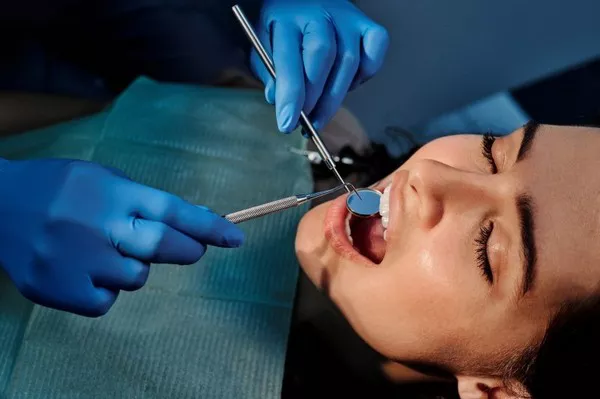Dental implants have transformed the field of dentistry by offering a durable and natural-looking solution for individuals with missing teeth. When considering dental implant treatments, one common question arises: “How many dental implants can be done at one time?” The answer to this question depends on various factors, including the patient’s oral health, treatment goals, and the expertise of the dental professional. In this article, we delve into the considerations surrounding the number of dental implants that can be placed in a single session, exploring the treatment options available and the factors that influence the decision-making process.
Understanding Dental Implants
Dental implants are artificial tooth roots made from biocompatible materials like titanium. These implants are surgically inserted into the jawbone to provide a sturdy foundation for replacement teeth, such as crowns, bridges, or dentures. Dental implants offer improved stability, functionality, and aesthetics compared to traditional tooth replacement options.
Factors Influencing the Number of Implants
The decision about how many dental implants can be placed in one session depends on several factors:
Oral Health: The condition of the patient’s oral health plays a crucial role. A thorough assessment of the jawbone density, gum health, and overall oral condition is necessary to determine the feasibility of multiple implant placements.
Bone Density: The density of the jawbone affects the stability and success of implant placement. Insufficient bone density may require bone grafting before implant placement.
Treatment Goals: The patient’s treatment goals, such as replacing a single tooth, multiple teeth, or supporting a full arch restoration, impact the number of implants required.
Medical History: The patient’s medical history, including chronic conditions and medications, can influence the decision about the number of implants and the overall treatment plan.
Single Implant Placement
For patients with one missing tooth, single dental implants are a common and effective solution. A single implant is surgically placed in the gap left by the missing tooth. This approach preserves adjacent teeth, prevents bone loss, and restores both function and aesthetics.
Multiple Implant Placements
In cases where multiple teeth are missing, the number of dental implants required depends on the treatment plan:
Implant-Supported Bridge: For patients missing several adjacent teeth, an implant-supported bridge may be recommended. This involves placing two or more implants to support a bridge that replaces multiple teeth.
Full Arch Restoration: Patients with complete tooth loss in one or both arches can opt for full arch restoration using dental implants. Depending on factors like bone density, treatment goals, and the chosen restoration type (fixed or removable), the number of implants required can vary.
All-on-4 and All-on-6 Techniques
The “All-on-4” and “All-on-6” techniques are innovative solutions for full arch restoration that maximize the use of available bone and reduce the need for bone grafting. In the All-on-4 technique, four implants are strategically placed to support a fixed full arch prosthesis. Similarly, the All-on-6 technique utilizes six implants for enhanced stability.
Considerations for Multi-Implant Placement
When considering multi-implant placement in one session, the following factors should be taken into account:
Bone Density and Quality: Sufficient bone density and quality are essential for implant stability. Bone grafting may be required if the bone is inadequate.
Treatment Time: Multi-implant placements may extend the treatment time due to healing periods between surgery and restoration.
Patient Comfort: The patient’s comfort and ability to tolerate longer treatment sessions should be considered.
Surgical Expertise: The experience and expertise of the dental professional performing the procedure play a significant role in the success of multi-implant placements.
Conclusion
The number of dental implants that can be done at one time varies based on factors such as oral health, bone density, treatment goals, and the patient’s overall well-being. Whether you need a single implant, a bridge, or a full arch restoration, the decision should be made in consultation with a qualified dental professional. Understanding the considerations surrounding the number of implants and discussing your treatment goals with your dentist will ensure that you receive the most suitable and effective dental implant solution tailored to your individual needs. With advancements in implant dentistry, multi-implant placements offer transformative results, restoring both function and aesthetics for a confident smile that can last a lifetime.
Related Topics:































